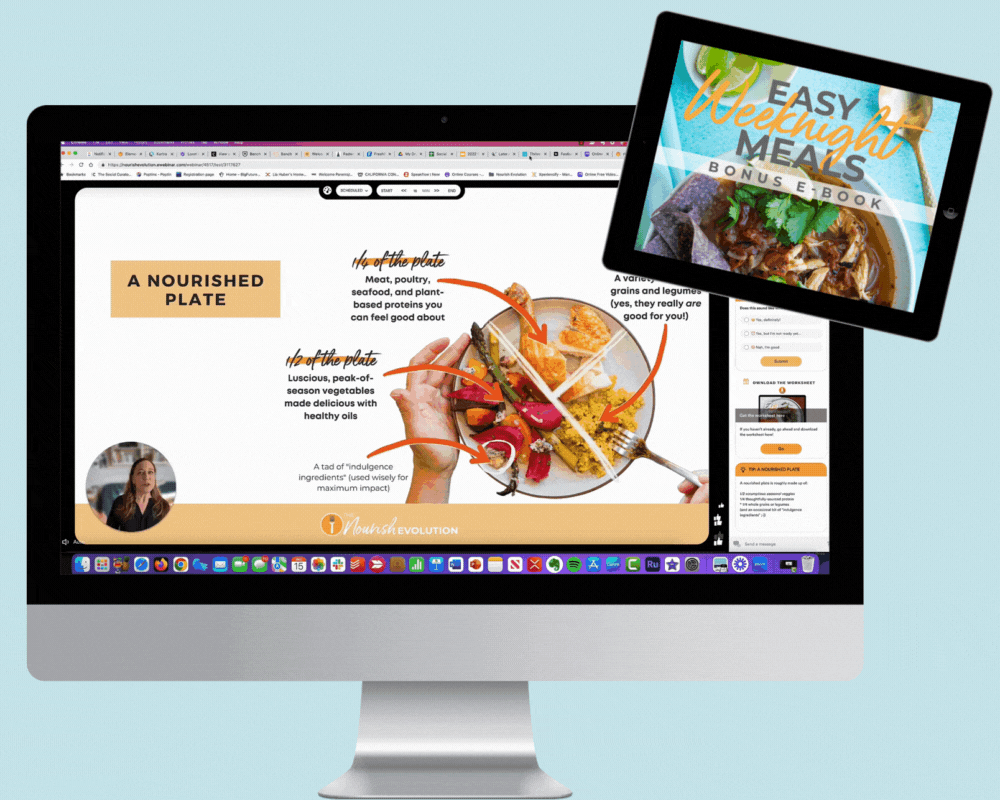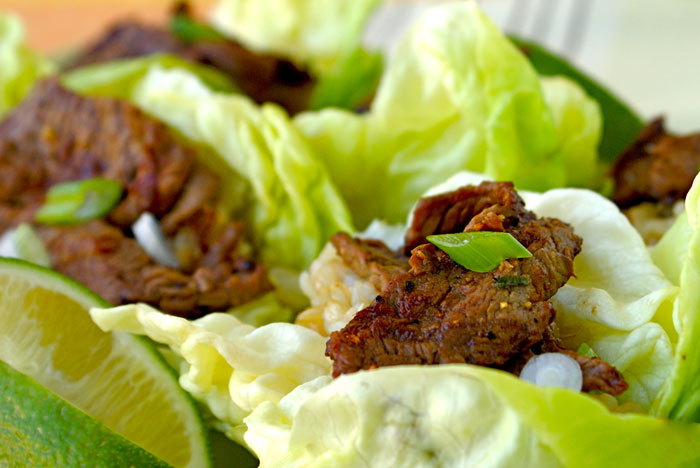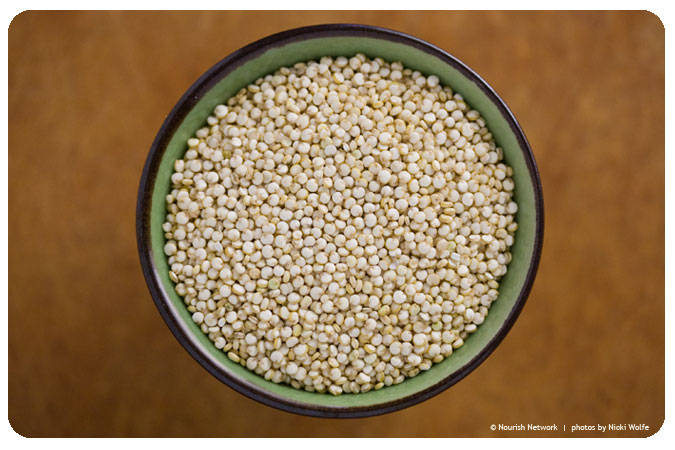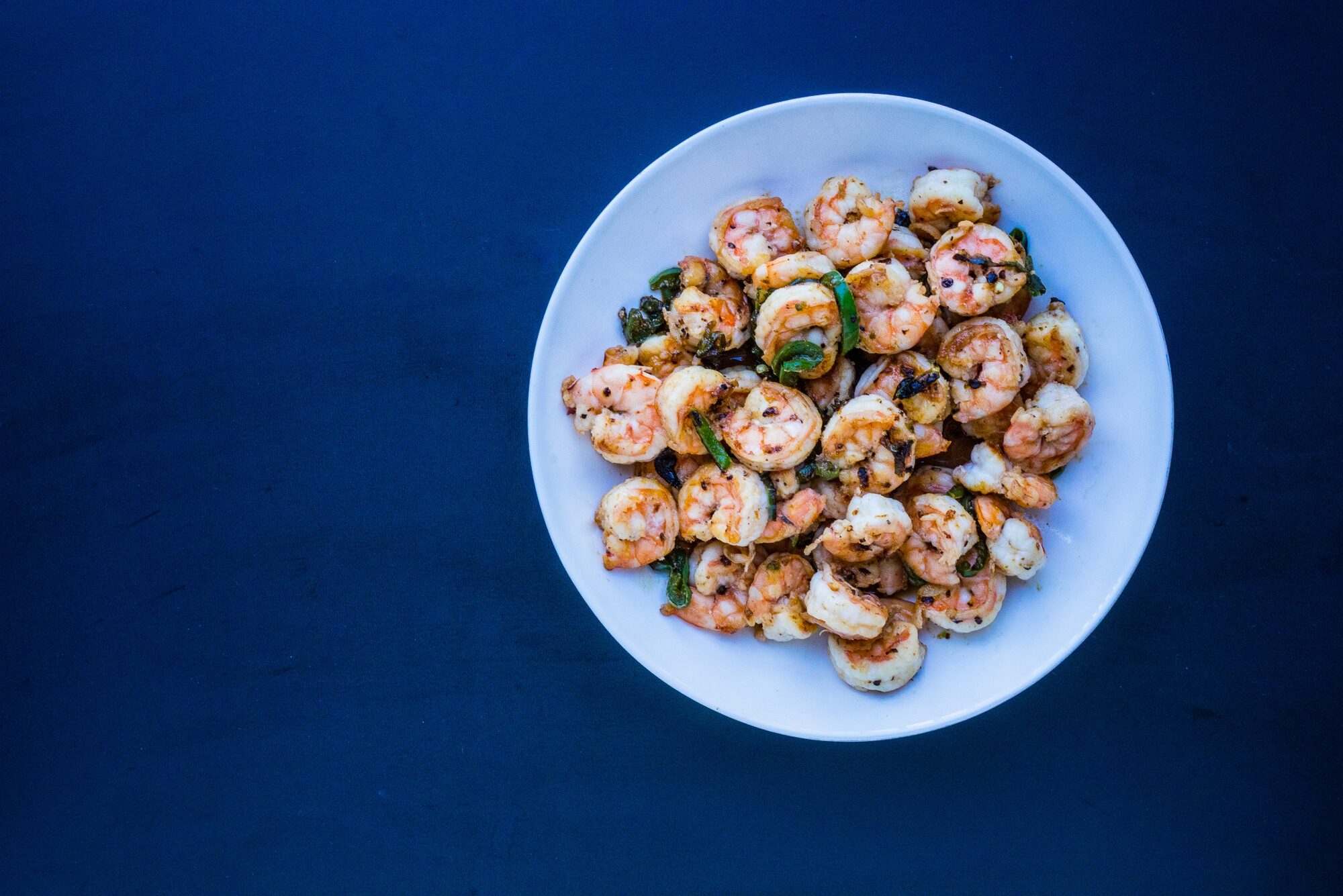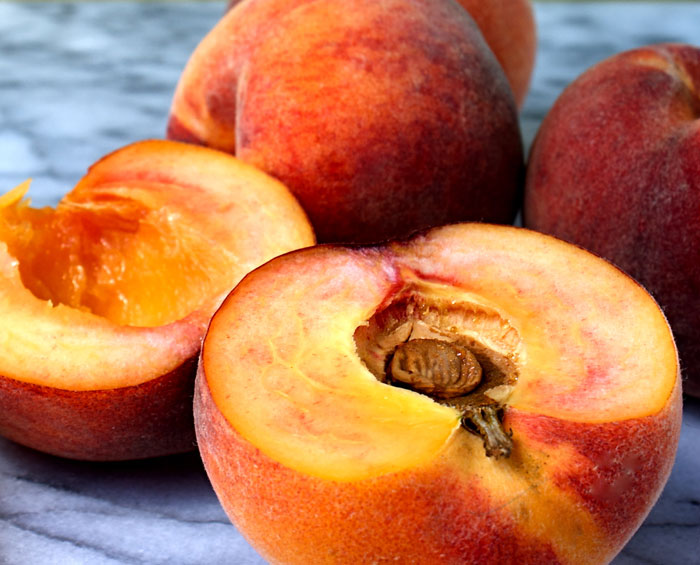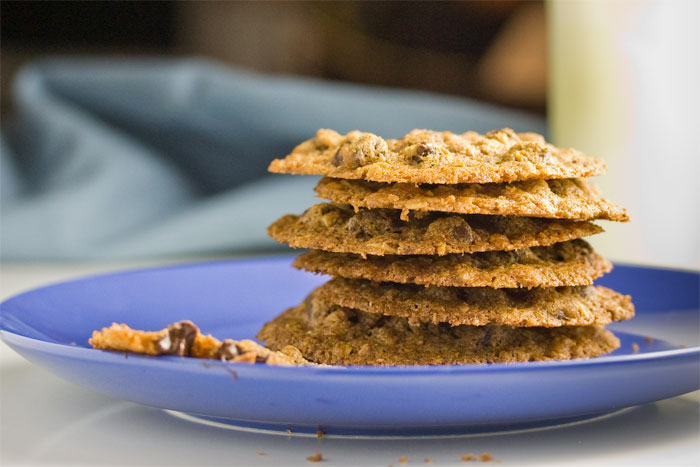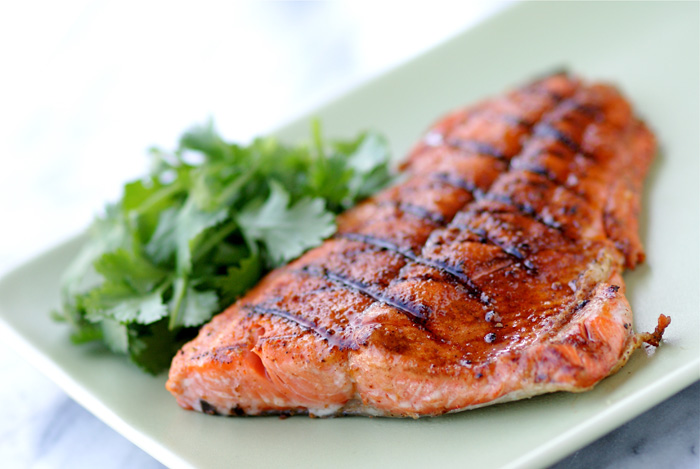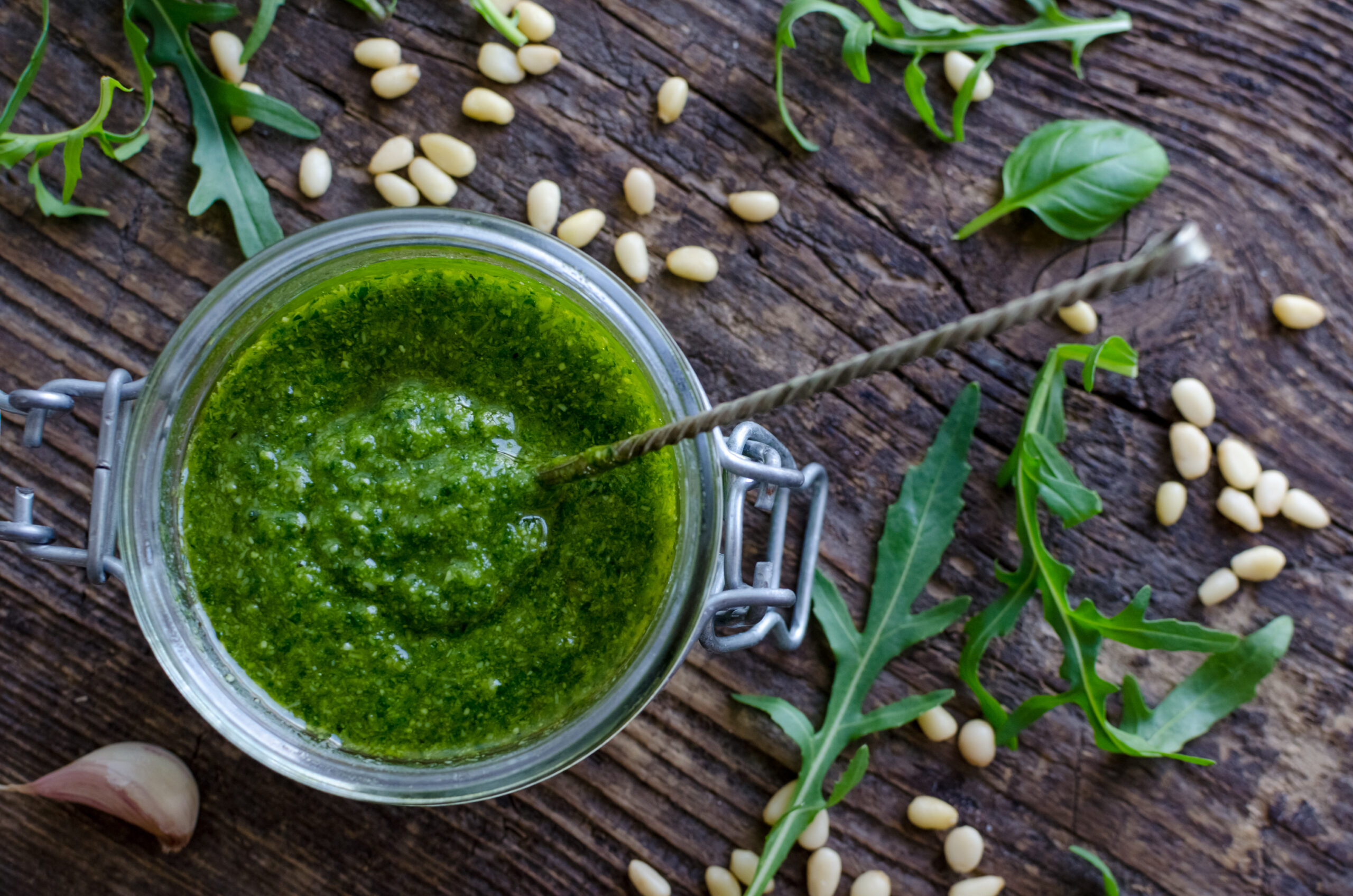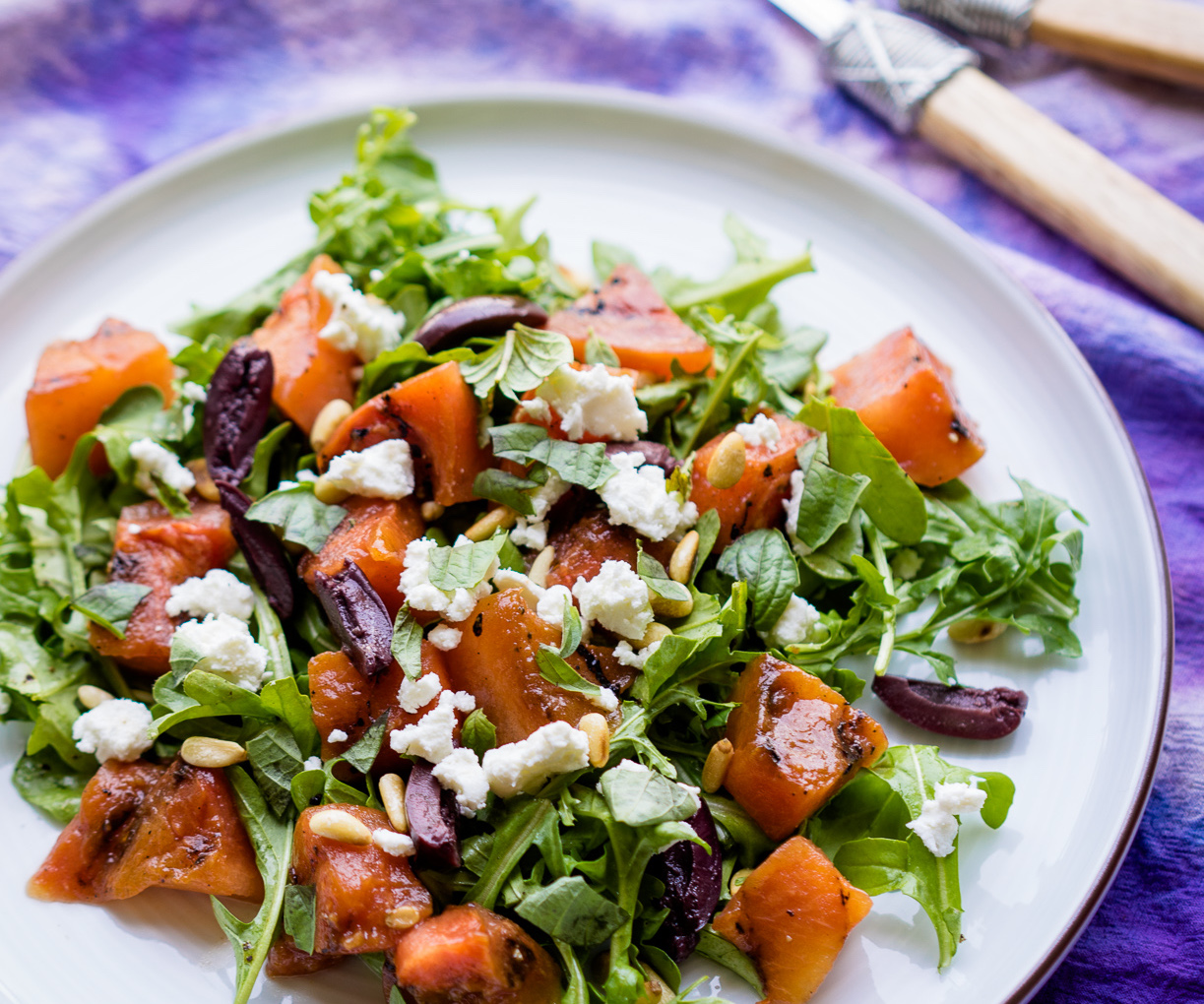The first day of the new year found me cleaning out the refrigerator, evaluating produce, sniffing the last of a bottle of cream, examining cheese. After a busy holiday season of cooking, things had piled up. Some of it could be used. Much of it couldn’t. Let's just say it was an object lesson in food waste.
I’m not alone in this, as food waste expert and blogger Jonathan Bloom details in his new book American Wasteland: How America Throws Away Nearly Half of Its Food (DaCapo Press). Collectively, we toss an estimated 40% of our food, including a third of our vegetables. Food scraps are our second largest source of waste–and a significant source of greenhouse gasses.
Such food waste is as hard on your wallet, too. The USDA estimates that the average family of four throws away $2,275 worth of the food every year (or, more accurately, sends it down the drain since 75% of wasted food disappears down America’s garbage disposers).
Waste occurs throughout the food system, of course, from the farm (where less-than-perfect-looking produce is left behind in the field) to supermarkets (which dump tons of food past its sell-by date) to restaurants. But your own kitchen is the best place to start addressing the issue of food waste. As with so many goals, small steps yield powerful results.
“The most important step we can take to trim our home food waste is to shop smarter,” says Bloom. “Most of us buy too many fresh foods, making it difficult to use everything before it goes bad. Planning meals, writing detailed shopping lists and making smaller, more frequent shopping trips can all go a long way toward minimizing this problem.”
With that in mind, here are 5 strategies drawn from Bloom’s book:
Plan ahead. We’ve talked about the beauty of planning meals for a healthier diet. It’s also a key strategy to reduce kitchen waste, says Bloom. Start by planning meals to use up what you already have on hand in the fridge and pantry. If you need to buy ingredients for a specific recipe–especially items you’re not in the habit of using regularly–consider how you can use them up. Extra herbs can go into pesto, leftover buttermilk is great in baked goods or salad dressing, day-old bread is delicious in bread pudding and so forth. As always, make a list and stick to it.
Avoid impulse purchases. From special end-of-aisle promotions to deep discounts on items approaching their sell-by dates, stores are cunningly designed to encourage you to buy more food. True, such promotions can be real money-savers–if you actually use them. Otherwise, it's money down the drain.
Know your dates. These days, all kinds of food is stamped with a “sell by” or “best by” date (sometimes both), which confuse retailers and consumers alike, says Bloom, and lead to unnecessary waste. “Infant formula and some baby foods are the only items required by federal regulations to carry a ‘best-before’ date,” he notes. Otherwise, dates on food lead many consumers to toss tons–literally, tons–of perfectly good food. Properly stored perishables should be fine for at least a week after their sell-by date; nonperishables have an even longer shelf life. Best-by dates are nothing more than a suggestion from the manufacturer. Don’t be afraid to use your senses–if it looks and smells fine, you’re good to go.
Buy whole food. Supermarket produce departments are filled with chopped, grated and otherwise prepped fresh ingredients, which can be welcome time-savers for busy cooks. But prepping ingredients also hastens deterioration, which shortens their shelf life and leads to waste. Unless you plan to use that whole bag of grated carrots or cubed butternut squash promptly, buy the whole version instead.
Avoid food packaged in bulk. From shrink-wrapped vegetables to prebagged fruit to “value” packs of poultry, the growing trend of prepackaged fresh foods annoys Bloom for two good reasons. 1) When one item in a package goes bad, the whole thing is tossed (stores rarely break up and repackage fresh goods). 2) Shoppers are forced buy more than they want and often end up throwing away the extra.
Instead, shop at venues that allow you to buy only as much you need, whether it’s a farmers’ market that sells loose produce or a store with a full-service butcher and bulk bins so you can buy smaller amounts of dry goods.
Also in this series:
Nourishing Resolutions: Fruit of the Day
Nourishing Resolutions: Plan Ahead in 4 Steps!



